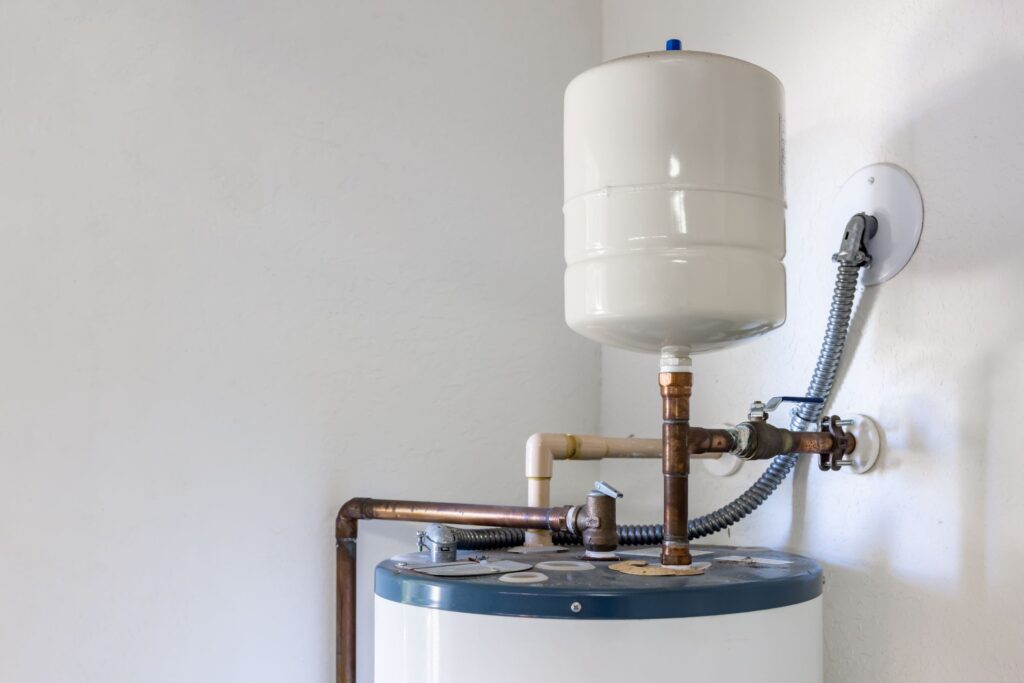Efficient Techniques for Caring for Your Home's Hot Water SystemWays to Effectively Maintain Your Home's Hot Water System
Book ServiceThis article in the next paragraphs pertaining to Tips For Maintaining Your Hot Water Heater is seriously insightful. You should give it a look.

Hot water is vital for day-to-day comfort, whether it's for a rejuvenating shower or cleaning dishes. To ensure your warm water system runs successfully and lasts longer, routine upkeep is key. This short article supplies practical suggestions and understandings on just how to maintain your home's warm water system to avoid disruptions and expensive fixings.
Intro
Maintaining your home's hot water system may appear daunting, but with a few basic actions, you can guarantee it operates smoothly for many years to find. This overview covers every little thing from understanding your hot water system to DIY maintenance ideas and recognizing when to call professional help.
Importance of Preserving Your Hot Water System
Routine upkeep not just prolongs the life-span of your warm water system yet additionally guarantees it runs efficiently. Neglecting maintenance can lead to decreased efficiency, higher energy bills, and even premature failure of the system.
Signs Your Hot Water System Needs Maintenance
Knowing when your hot water system needs attention can prevent major concerns. Keep an eye out for indicators such as irregular water temperature level, weird sounds from the heating unit, or rustic water.
Flushing the Water Heater
Flushing your water heater removes debris build-up, boosting effectiveness and extending its life.
Checking and Replacing Anode Rods
Anode rods protect against deterioration inside the container. Checking and replacing them when worn out is essential.
Complex Concerns Calling For Expert Assistance
Examples consist of significant leaks, electrical problems, or if your hot water heater is constantly underperforming.
Routine Specialist Upkeep Advantages
Professional upkeep can consist of extensive evaluations, tune-ups, and making certain conformity with security standards.
Evaluating and Readjusting Temperature Settings
Readjusting the temperature settings makes certain ideal performance and safety and security.
DIY Tips for Upkeep
You can carry out numerous upkeep tasks on your own to keep your hot water system in leading condition.
Looking for Leaks
Routinely examine pipelines and links for leakages, as these can cause water damage and greater expenses.
Understanding Your Warm Water System
Before diving right into maintenance jobs, it's practical to understand the standard components of your warm water system. Usually, this consists of the water heater itself, pipelines, anode rods, and temperature level controls.
Monthly Maintenance Tasks
Normal regular monthly checks can help capture small issues before they intensify.
Testing Stress Relief Valves
Checking the stress safety valve guarantees it works appropriately and avoids too much pressure build-up.
Insulating Pipelines
Shielding hot water pipelines reduces warm loss and can conserve energy.
When to Call an Expert
While do it yourself upkeep is useful, some problems call for expert expertise.
Final thought
Normal maintenance of your home's hot water system is necessary for performance, longevity, and expense financial savings. By following these ideas and recognizing when to seek expert aid, you can ensure a reputable supply of warm water without unanticipated disturbances.
Water Heater Maintenance Tips
Test the TPR Valve
Shut off the power and the cold-water supply valve. Place a bucket under the pipe connected to the temperature-pressure-release (TPR) valve on the top or side of the tank. (This valve opens if the tank pressure gets too high.) Lift the valve’s tab to let some water out, then let go. If water keeps flowing, drain the tank partway, unscrew the old valve with a pipe wrench, and install a new one. Check the Anode Rod
Put a hose to the tank’s drain cock and let out a few gallons of water. Now fit a 1 1/16-inch socket onto the rod’s hex head on top of the heater (or under its top plate) and unscrew the rod. If it’s less than ½ inch thick or coated with calcium, buy a new one, wrap its threads with Teflon tape, put it back in the tank, and tighten securely. Use this segmented rod if headroom above the tank is limited. Drain the Tank and Wash Out Sediment
Drain the remaining water in the tank into the bucket, then stir up the sediment on the tank’s bottom by briefly opening the cold-water supply valve. Drain and repeat until clean water comes out of the hose. Close the drain cock, refill the tank, and turn its power back on. Adjust the Temperature
Find the temperature dial on the side of the tank and unscrew its cover. Adjust the dial to 120 degrees using a flathead screwdriver. For every 10 degrees the temperature is lowered, you can expect to save up to 5 percent in energy costs. Turn the water heater off or the thermostat down to its lowest setting if you plan to be away from home for more than three days. Insulate the Pipes
Buy some self-sticking 3/8-inch-thick foam pipe insulation that matches the pipes’ diameter. Slide the foam over the hot-and cold-water pipes as far as you can reach. Insulating the cold-water pipe prevents condensation in summer. Peel the tape and squeeze the insulation closed. If the pipe is 6 inches or less from the flue, cover it with 1-inch-thick unfaced fiberglass pipe wrap. https://www.thisoldhouse.com/plumbing/21016402/how-to-maintain-a-water-heater

I am very enthusiastic about How to Maintain a Hot Water Heater in a Few Simple Steps and I hope you enjoyed the new article. Appreciated our write up? Please quickly share it. Help others check it out. I praise you for being here. Return soon.
Click Here